BILLION DOLLAR INDUSTRY
The question of whether the host country gains or loses more when hosting the Olympics, World Cup, EURO and other world-class sporting events has long been a topic of debate. According to a report from Switzerland, in 2022, Qatar spent up to 229 billion USD to host the 2022 World Cup, including the cost of building stadium infrastructure, roads, upgrading airports... The amount that Qatar spent is more than the total amount of more than 21 previous World Cup hosts combined. Although the revenue of the 2022 World Cup is only about 15% of the amount Qatar spent, thanks to the boost of the 2022 World Cup, the country has had a stepping stone to develop sports to compete in tourism with the "giants" of the Gulf region such as the UAE and Saudi Arabia. Qatar also successfully organized the 2023 Asian Cup on the basis of the World Cup stadium and aims to host the ASIAD, along with continental and world sports festivals in the next 5 years.
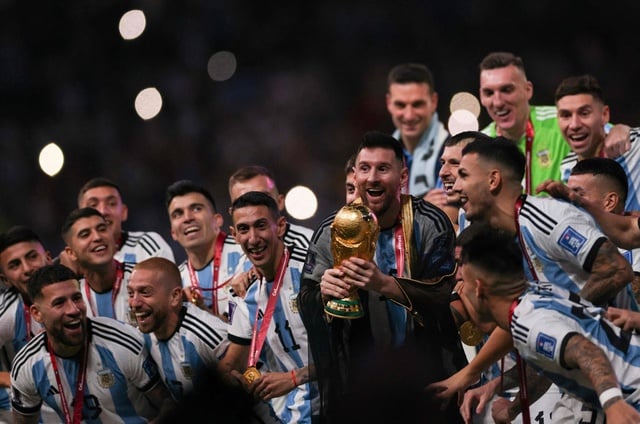
World Cup media rights are always valued at a very "huge" price.
PHOTO: AFP
It is undeniable that football in particular and sports in general have become a multi-billion dollar service-entertainment industry, promoting the development of infrastructure, transportation, tourism, creating jobs for millions of people and enhancing the position of the host country in the international arena. Despite the economic crisis and controversy related to the cost of organizing, the Olympic Games have always been a "money-making machine". For example, the Beijing Olympics (2008) brought in 3.6 billion USD in revenue for China. After 13 years, the Tokyo Olympics (2021) brought in 5.8 billion USD for Japan.
Where does the huge amount of money that world- class sports tournaments earn come from? First of all, we must mention media rights (BQTT). According to statistics from the International Olympic Committee (IOC), in 1996, the Atlanta Olympics earned 898 million USD from selling BQTT. 12 years later, the Beijing Olympics sold BQTT for 1.7 billion USD. The figure increased to 2.6 billion USD for the London Olympics (2012). By 2021, it was 3.1 billion USD for the Tokyo Olympics. Thus, the image value of the Olympics increased nearly 4 times in less than 30 years.
The World Cup is also a lucrative copyright cake. According to the financial report of the International Football Federation (FIFA), 49% of the organization's revenue from 2015 to 2018 came from the BQTT, equivalent to about 3.1 billion USD, surpassing other sources of revenue from marketing rights, hotel revenue, and tourism. The IOC also earned billions of USD from the Olympics. This money was invested by FIFA and the IOC in sports development activities around the world, building infrastructure, supporting event organization, or paid back to the host countries.
BQTT has become a huge source of profit, turning sports leagues such as the English Premier League (EPL) or the National Basketball Association (NBA) into "money-making machines". With hundreds of millions of fans, the leagues always sell broadcasting and advertising rights at very high prices. In the period of 2022 - 2025, the EPL copyright is worth 6.7 billion USD (about 1.7 billion USD/year). The NBA also has a contract worth 2.7 billion USD per year with "television giants" ESPN and Turner, expected to increase this number to 6.8 billion USD from the 2025 - 2026 season.
BQTT is one of the spearheads that create the sports economy, helping sports to really earn money from the public thanks to demand and attraction. In addition, ticket sales, advertising, sponsorship... are also turning sports into an almost endless "money printing machine", with the source of money increasing from 15 - 20% each year in continental to world-class playgrounds.
How do Vietnamese sports make money ?
The secret for the world to "make money" from sports is to turn sports into entertainment products and services to serve the public's needs, promote brands for businesses, and combine them with tourism and culture to introduce and elevate the host locality. In Vietnam, although the shift in sports thinking from competition for achievements to entertainment products and services is still slow, there are businesses and localities that are taking the first steps on the path of sports economics, knowing how to "package" sports into products for business, creating revenue based on public demand.
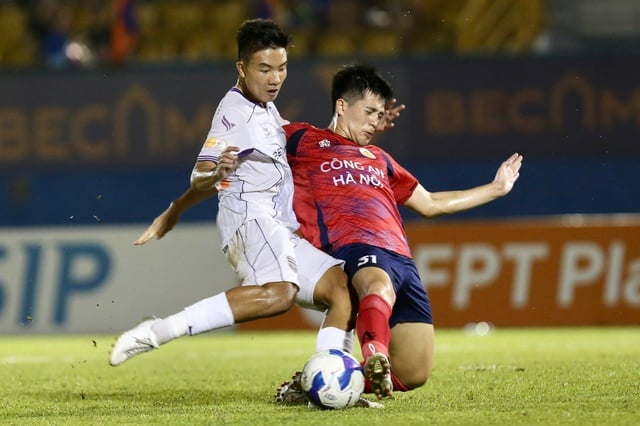
V-League copyright costs 50 billion VND/year
PHOTO: MINH TU
For example, the V-League television copyright (2023 - 2027 period) was sold to a business for about 50 billion VND/year, 25 times higher than the previous 5-year period. This is the amount of money to invest in tournament organization such as referee training, media, buying and operating VAR. V-League sells and exploits commercial rights, meaning that Vietnamese professional football has a "milk source" to operate, although the 50 billion VND figure is nothing compared to the cost of operating a football team each season (which can be up to more than 70 billion VND/year). Although Vietnamese volleyball has not sold copyrights, the large number of viewers has brought a piece of the cake for businesses to participate in the advertising market, getting closer to fans. Similarly, many sports such as eSports, golf, billiards, or most recently pickleball are all doing a good job of building their image and communicating to make money from players as well as audiences.
Nowadays, famous athletes in sports other than football such as Thuy Linh, Tien Minh (badminton); Linh Giang, Hoang Nam, Quang Duong (pickleball)... can earn a lot of money thanks to championship bonuses and advertising contracts. Besides, they are always sponsored with shoes, rackets, competition clothes, and have their image carefully and professionally taken care of. That is the sports economy, where sports become a profitable industry that can support itself, meeting the needs of society to play and enjoy sports products.
Not only do sports tournaments stop at television copyright, advertising or branding, they also contribute to promoting local tourism, bringing the image of the homeland and country closer to the people and international friends. For example, running races in Hue, Gia Lai, Ly Son (Quang Ngai), Lam Dong... all stimulate tourism, bringing a large number of visitors (mainly runners and their families). Festivals in Da Nang and Gia Lai also combine sports competitions and sea festivals, spreading the image of the culture and people of the province far and wide. In forums, the story of organizing sports tournaments to attract tourists, stimulate the economy and promote is being raised more frequently.
Vietnam's sports economy is going step by step, requiring perseverance to reap the sweet fruits. (to be continued)
Source: https://thanhnien.vn/kinh-te-the-thao-o-viet-nam-mo-vang-bi-bo-quen-world-cup-olympic-dang-gia-bao-nhieu-tien-185250901215702658.htm


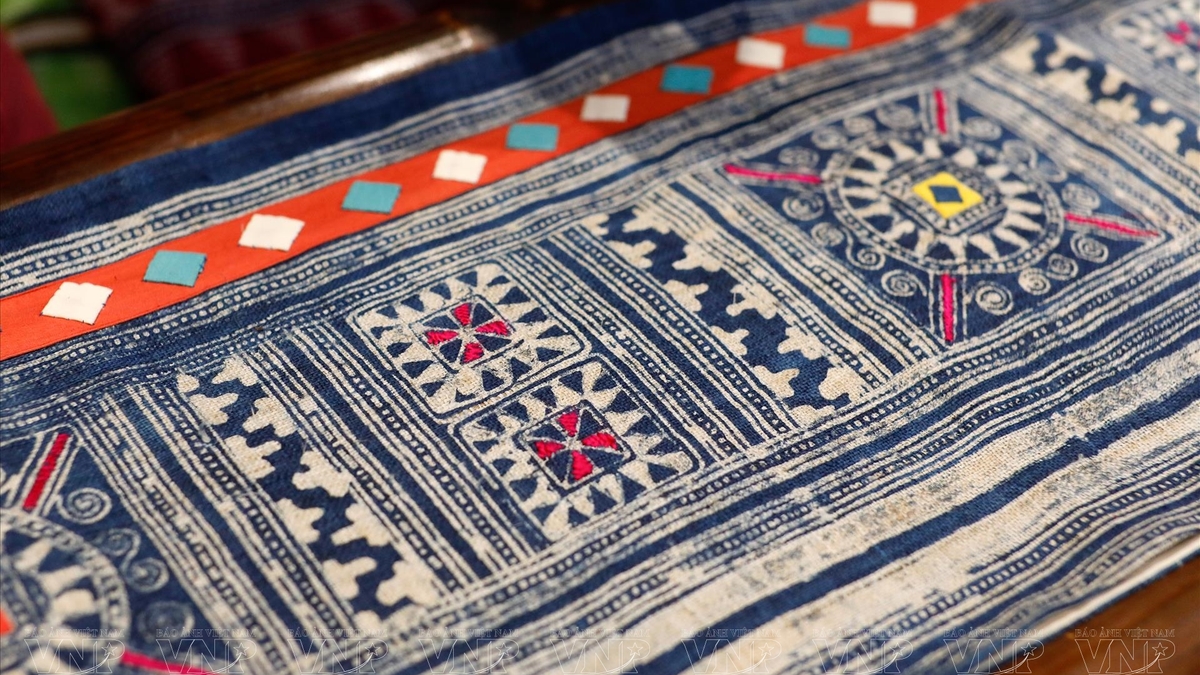
![[Photo] Fall Fair 2025 and impressive records](https://vphoto.vietnam.vn/thumb/1200x675/vietnam/resource/IMAGE/2025/11/03/1762180761230_ndo_br_tk-hcmt-15-jpg.webp)
![[Photo] Prime Minister Pham Minh Chinh receives the Chairman of the Japan-Vietnam Friendship Association in the Kansai region](https://vphoto.vietnam.vn/thumb/1200x675/vietnam/resource/IMAGE/2025/11/03/1762176259003_ndo_br_dsc-9224-jpg.webp)
![[Photo] General Secretary To Lam receives Singaporean Ambassador Jaya Ratnam](https://vphoto.vietnam.vn/thumb/1200x675/vietnam/resource/IMAGE/2025/11/03/1762171461424_a1-bnd-5309-9100-jpg.webp)

![[Photo] Lam Dong: Close-up of illegal lake with broken wall](https://vphoto.vietnam.vn/thumb/1200x675/vietnam/resource/IMAGE/2025/11/03/1762166057849_a5018a8dcbd5478b1ec4-jpg.webp)
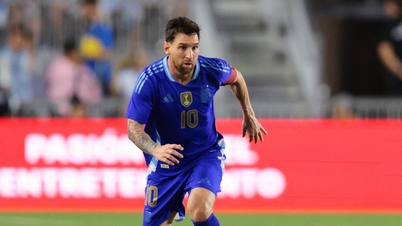

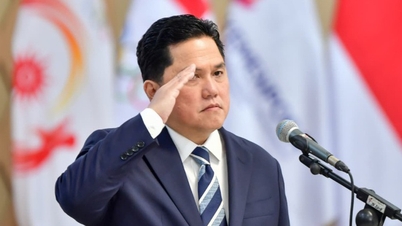
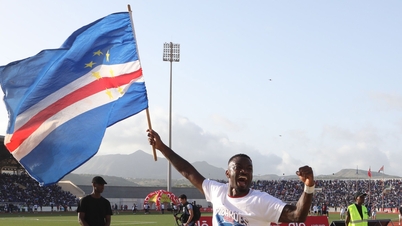

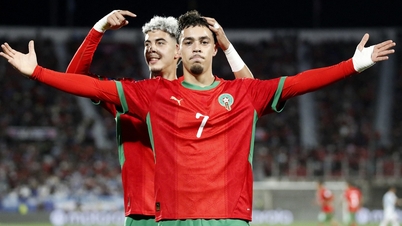
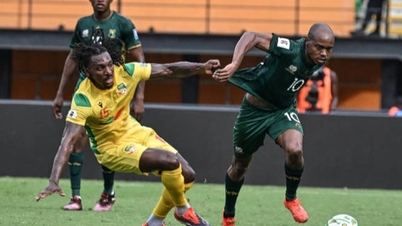

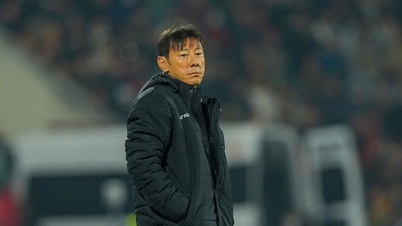


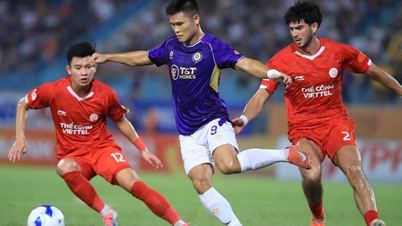

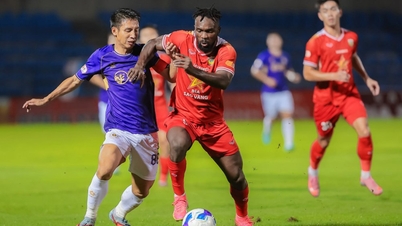
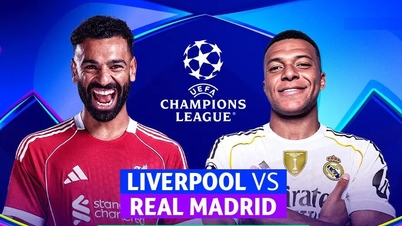
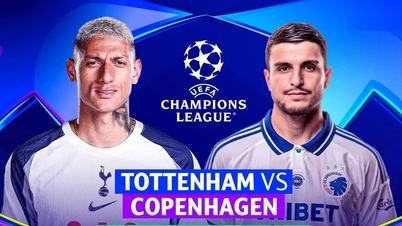









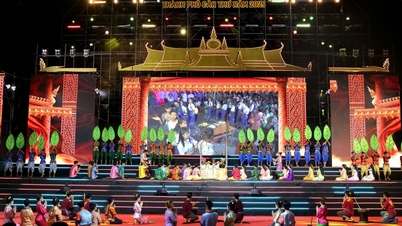
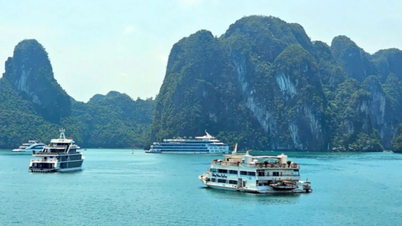



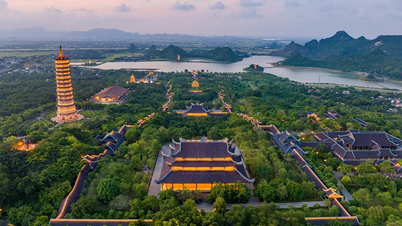

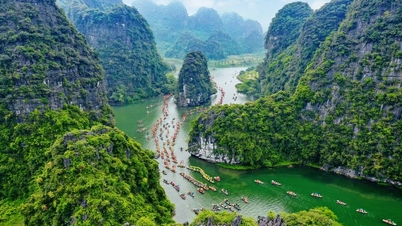

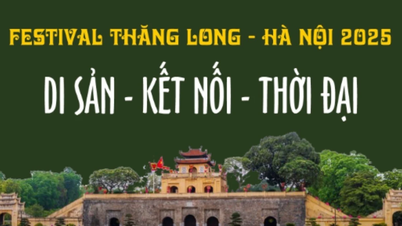

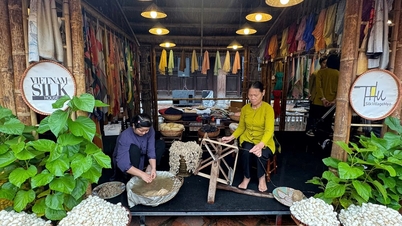
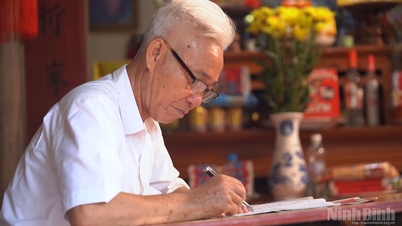

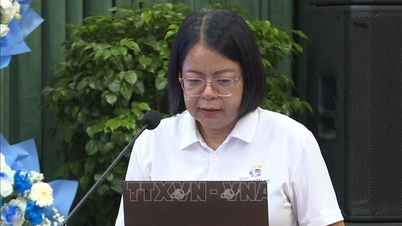








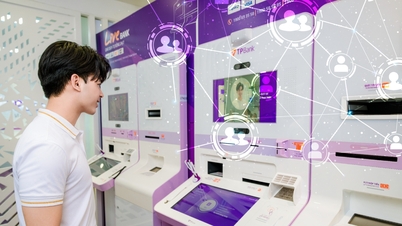

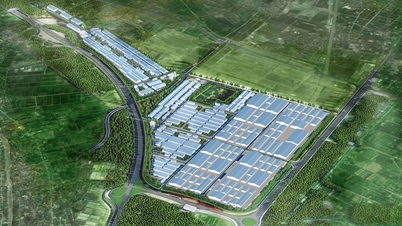









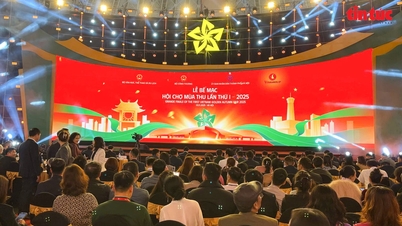


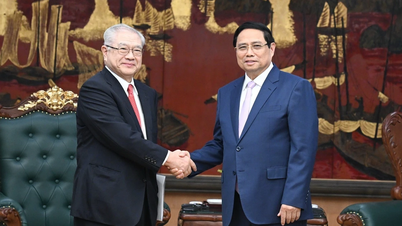
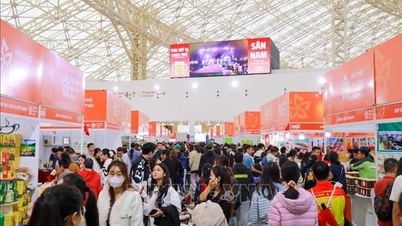
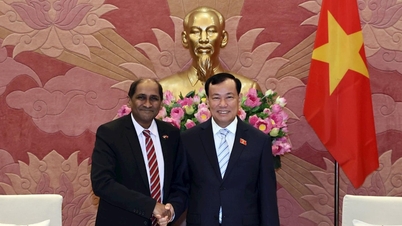

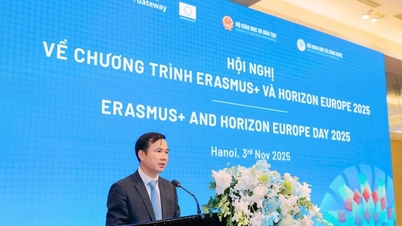

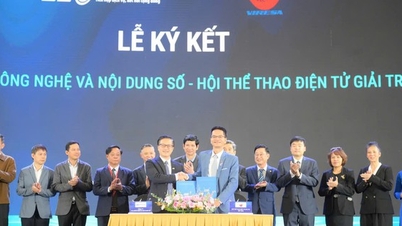

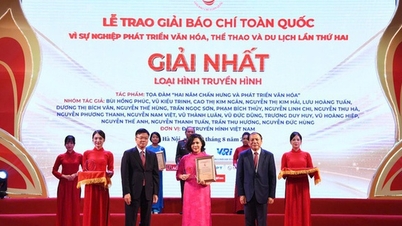


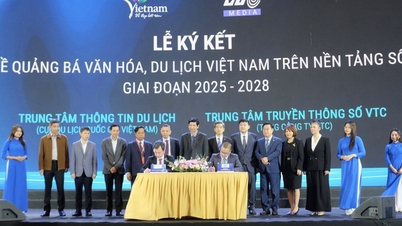
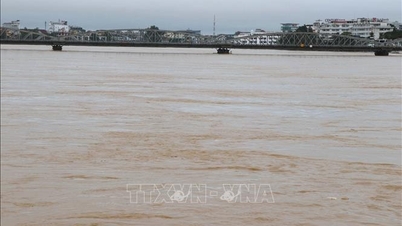



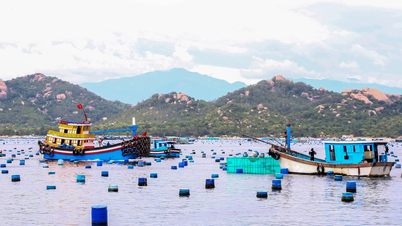


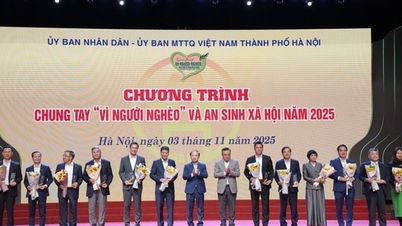












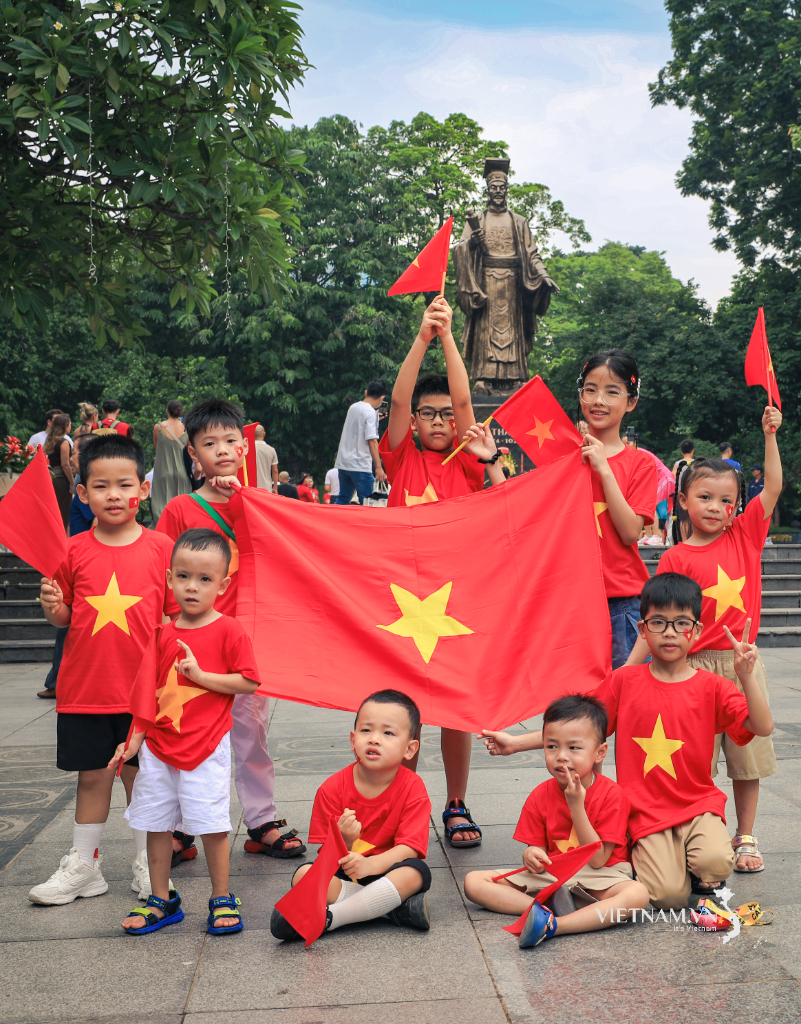



Comment (0)